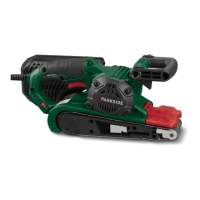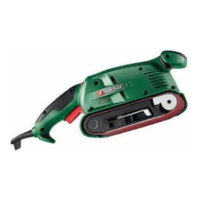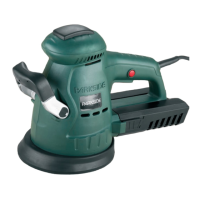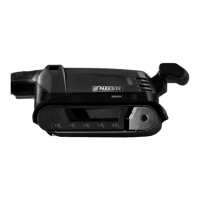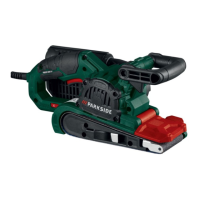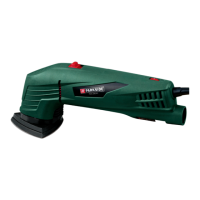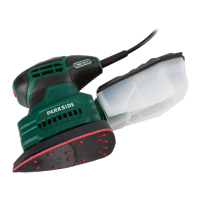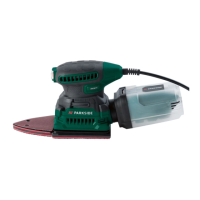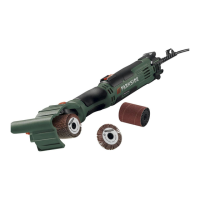■ 8
│
GB
│
IE
│
NI
PBSD 600 A1
Selecting speed and abrasive belt
You can use the belt speed adjusting wheel to
adjust the speed, even while the appliance is run-
ning. The optimum belt speed is dependent on the
workpiece or material being processed. We rec-
ommend carrying out a practice run to determine
the correct speed. In the table below, you will find
some recommended values which will help you de-
termine which belt and speed to use for which job.
Material/working
area
Softwood
Rough sanding
(grain size)
60
Finishing (grain size) 240
Speed preselection high (5–6)
Material/working
area
Hardwood
Rough sanding
(grain size)
60
Finishing (grain size) 180
Speed preselection high (5–6)
Material/working
area
Chipboard
Rough sanding
(grain size)
60
Finishing (grain size) 150
Speed preselection high (5–6)
Material/working
area
Removing paint/
varnish
Rough sanding
(grain size)
60
Finishing (grain size) ––
Speed preselection high (5–6)
Material/working
area
Rubbing down
paintwork/varnish
Rough sanding
(grain size)
150
Finishing (grain size) 320
Speed preselection low (1–2)
Material/working
area
Removing rust from
steel
Rough sanding
(grain size)
40
Finishing (grain size) 120
Speed preselection medium/high (3–4)
Material/working
area
Plastics
Rough sanding
(grain size)
120
Finishing (grain size) 240
Speed preselection low/medium (2–3)
Material/working
area
Non-ferrous metals
(e.g. aluminium)
Rough sanding
(grain size)
80
Finishing (grain size) 150
Speed preselection medium/high (3–4)
Stationary work
♦ Turn the additional handle to the horizontal
position.
♦ Turn the power tool as shown in the illustration
and place it on a stable worktop.
♦ Fit the two screw clamps
in the recesses
provided and clamp the power tool tightly.
